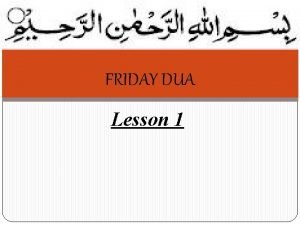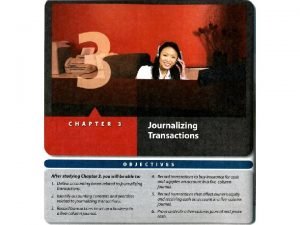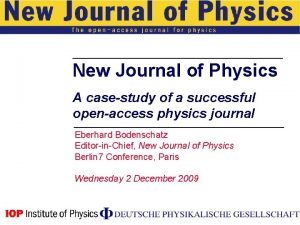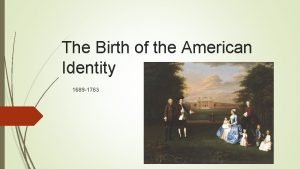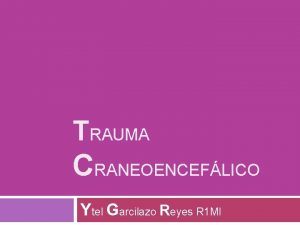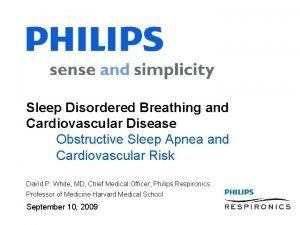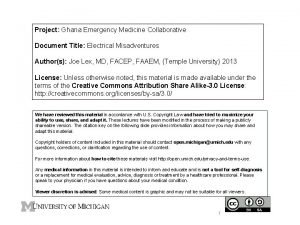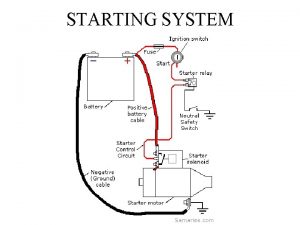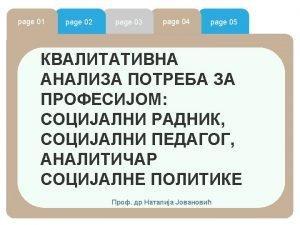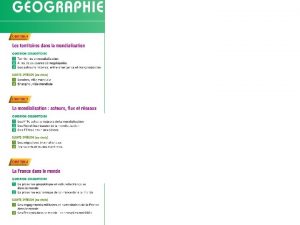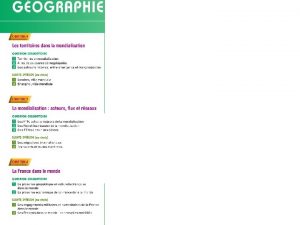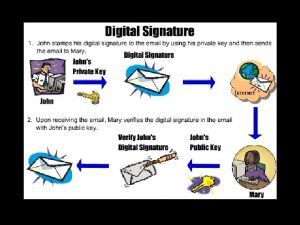LESSON 3 4 Starting a New Journal Page










- Slides: 10

LESSON 3 -4 Starting a New Journal Page Original created by M. C. Mc. Laughlin, Thomson/South-Western Modified by Deborah L. Burns, Johnston County Schools, West Johnston High School CENTURY 21 ACCOUNTING © Thomson/South-Western

2 A COMPLETED JOURNAL PAGE page 74 A general journal page is complete when there is insufficient space to record any more entries. CENTURY 21 ACCOUNTING © Thomson/South-Western LESSON 3 -4

3 STARTING A NEW GENERAL JOURNAL PAGE page 75 A new page is started by writing the page number to the space provided in the journal heading 2 CENTURY 21 ACCOUNTING © Thomson/South-Western LESSON 3 -4

4 STANDARD ACCOUNTING PRACTICES page 76 ØErrors are corrected in a way that does not cause doubts about what the correct information is. ØCancel the error by neatly drawing a line through the incorrect item. Write the correct item immediately above the canceled item CENTURY 21 ACCOUNTING © Thomson/South-Western 1 LESSON 3 -4

5 STANDARD ACCOUNTING PRACTICES page 76 ØSometimes an entire entry is incorrect & is discovered before the next entry is 2 journalized. ØDraw neat lines through all parts of the incorrect entry ØJournalize the entry correctly on the next blank lines CENTURY 21 ACCOUNTING © Thomson/South-Western LESSON 3 -4

6 STANDARD ACCOUNTING PRACTICES page 76 ØIf several correct entries are recorded after an incorrect entry is made: ØDraw neat lines through all incorrect parts of the entry ØRecord the correct items on the same lines as the incorrect items, directly above the canceled parts CENTURY 21 ACCOUNTING © Thomson/South-Western 3 LESSON 3 -4

7 STANDARD ACCOUNTING PRACTICES page 76 ØWords in accounting records are written in full when space permits. ØWords may be abbreviated only when space is limited 4 ØAll items are written legibly CENTURY 21 ACCOUNTING © Thomson/South-Western LESSON 3 -4

8 STANDARD ACCOUNTING PRACTICES page 76 ØDollars & cents signs & decimal points are not used when writing amounts on ruled accounting paper ØSometimes a color tint or a heavy vertical rule is used on printed accounting paper to separate the dollars & cents columns 5 CENTURY 21 ACCOUNTING © Thomson/South-Western LESSON 3 -4

9 STANDARD ACCOUNTING PRACTICES page 76 ØTwo zeros are written in the cents column when an amount is in even dollars ØIf the cents column is left blank doubts may arise later about the correct amount 6 CENTURY 21 ACCOUNTING © Thomson/South-Western LESSON 3 -4

10 STANDARD ACCOUNTING PRACTICES page 76 ØNeatness is very important in accounting records so that there is never any doubt about what information has been recorded ØA ruler is used to draw lines CENTURY 21 ACCOUNTING © Thomson/South-Western LESSON 3 -4
 Inihilation
Inihilation A form for recording transactions in chronological order
A form for recording transactions in chronological order Apa formatted powerpoint presentation
Apa formatted powerpoint presentation New journal of physics impact factor
New journal of physics impact factor The new york weekly journal
The new york weekly journal New england journal of medicine
New england journal of medicine The new york weekly journal
The new york weekly journal The new england journal of medicine
The new england journal of medicine Tce leve
Tce leve New england journal of medicine
New england journal of medicine New england journal of medicine
New england journal of medicine
